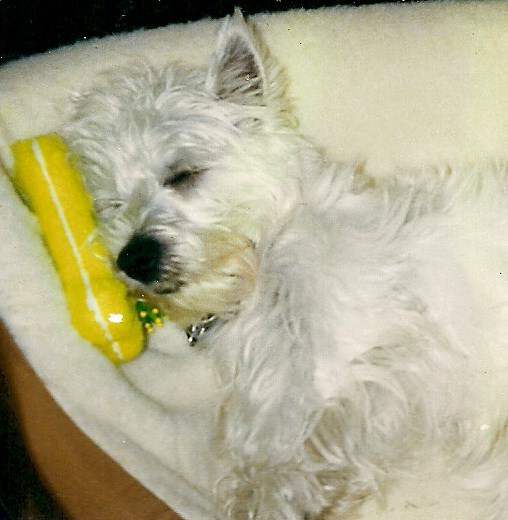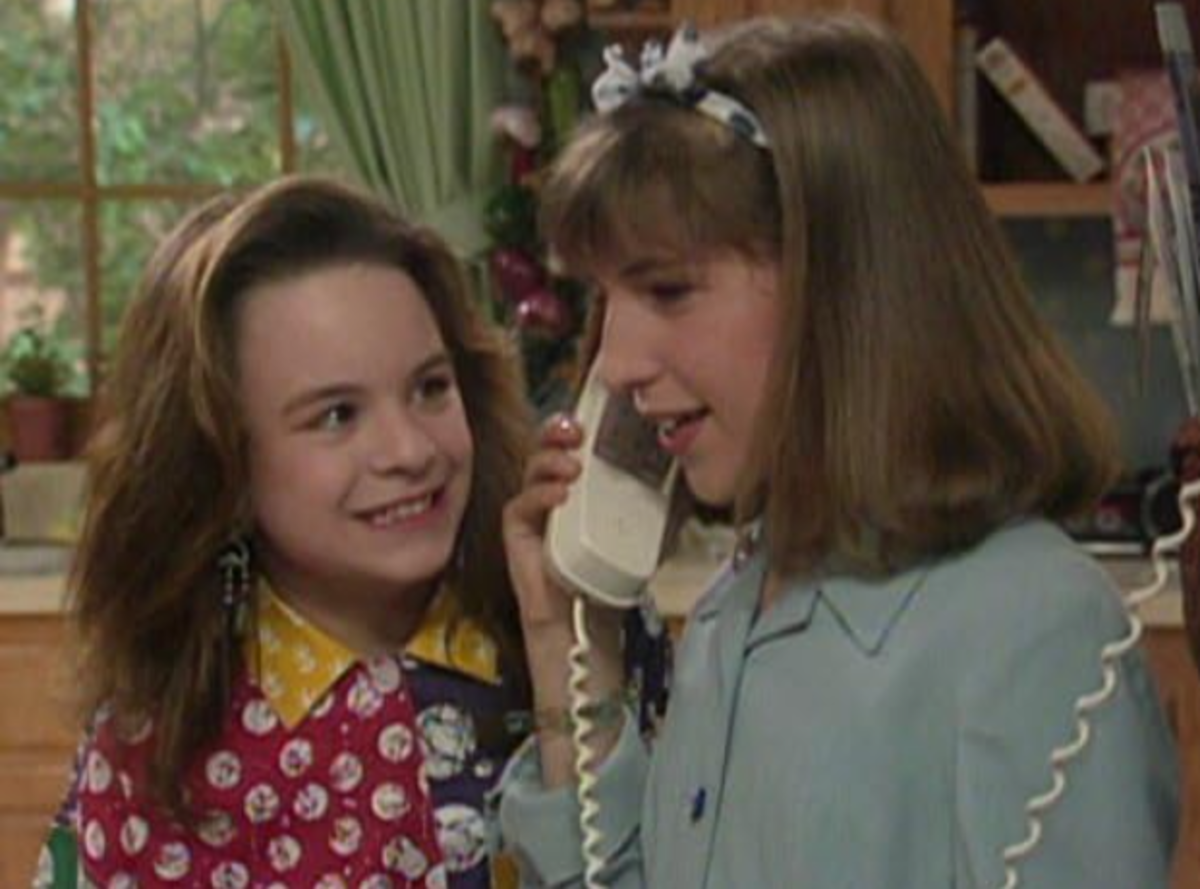Shock and Awe Advertising
Mark Twain
Mark Twain is quoted as saying, “Many a small thing has been made large by the right kind of advertising.”
I Love Lucy

When Television Had Censors
Those of us who are old enough will recall how Desi and Lucy and Rob and Mary Tyler Moore slept in separate beds. In those days, television censors were a busy breed, vigilantly protecting the public from anything the ‘moral police’ deemed unsavory. When “I Dream of Genie” first aired in September 1965 Barbara Eden was prohibited from showing her bare belly while donning the genie costume. However, gradually things began to change on TV not only with the shows, but the types of products advertised.
Where Do Babies Come From
As a child, I was uncomfortable with many of the National Geographic shows, especially when they filmed topless native tribes and my dad would commence clearing his throat. I either left the room or put my head down. I was a naïve kid back in the 1950s. For crying out loud, I was 10 years old and still thought babies came from storks until my uncle’s wife had a child. I happened to see her nursing her newborn and I ran from the room with a face as red as a beet.
Crossing Boundaries in Advertising

Adult Themed Commercials
Today we are hit with a barrage of adult themed commercials. In the 1980s we began seeing ads for feminine hygiene products with women riding horses, jogging, going to the beach and playing sports. In the late 1990s, Viagra was introduced to the advertising world with their little blue pill…the miracle drug…for male erectile dysfunction. Hot on their heels the onslaught of ads for sexual enhancement creams and gels and, even more, commercials for urinary incontinence, gas, and adult diapers. In other words, all of the things we would never want to discuss in public are now thrown at us, our children and everyone else who has a television on during breakfast, lunch, and dinner.
Graphic Images are a Turnoff
Major news networks, reputable newspapers, and magazines with journalistic scruples all refuse to show graphic videos or photos of torture, death by starvation, horrific autopsies, body parts or the ravages of animal cruelty. Although we are all aware that these things do occur, we don’t want our eyes or ears assaulted with the realism these photos, videos and personal stories provide.
No Place Like Home

Arms of an Angel
Several years ago we were lured into a beautiful song, softly flowing over the airwaves. The medley and words were comforting and warm. Then we looked up at the screen in front of us. For you see, Sarah McLachlan was singing, “In the Arms of an Angel.” It was a song written by Ms. McLachlan and inspired by the heroine overdose of the keyboardist with the group, “Smashing Pumpkins.” Sarah released “Angel” in 1997 and since 2007, it has been used by the American Society for the Prevention of Cruelty to Animals (ASPCA) to bring awareness and fundraise for sheltered dogs and cats. The ad has raised millions of dollars, but as an animal lover, I cannot look at dogs and cats with missing eyes or sad faces behind stark cages. Those images sadden and sicken me. All these years later and still I haven’t watched the entire commercial.
Marlboro Man

James Dean, Lucky Strikes and T-shirts
Today, nearly everyone above the age of 5 knows that smoking cigarettes are bad. That wasn’t always the case, though. People puffed away on unfiltered Lucky Strikes, Chesterfields and Raleigh’s, to name a few. If we watched a movie or television show we experienced the glamor, machismo and even sophistication of smoking. Boys wanted to be like James Dean and fold a pack of smokes up into the short sleeve of our T-shirts because it was, “Cool man.” Just as we started to accept that the Marlboro Man was the epitome of rugged manhood, the United States Surgeon General Luther Terry began bursting our bubbles when in 1964 he reported cigarette smoking was linked to cancer and heart disease.
Centers for Disease Control (CDC)
The Centers for Disease Control and Prevention has taken on the role of exhaling a constant toxic ad campaign with the express purpose to shock smokers with graphic imagery and commentary never before shown, all in an effort to scare people into quitting smoking. Beginning in 2012 the CDC dropped napalm on us with a $54 million shock and awe campaign designed to burn our minds with the horrors of smoking via public service announcements. We’ve had our eyes and ears assaulted by former smokers speaking with a voice-box, attempting to shave around a hole in the stoma due to their throat being removed because of cancer and showing amputated toes.
Recently the anti-smoking commercials are airing either 5 minutes before the hour or 25 minutes after the hour. It is a ploy being utilized knowing that viewers want to see the ending of the shows they have been watching. I suppose in the world of public relations timing is everything. However, for me, I find these advertisements visually disturbing and consequently, I turn the channel each and every time they pop up on TV. I’ve actually gotten quite good at timing them so I don’t miss the ending of the programs I’ve been watching.
Smoke, Smoke, Smoke That Cigarette - Commander Cody
Freedom of Choice
I have also learned a new word in the process of being buried under an avalanche of scare and fear advertising. When people feel their freedoms of choice are being taken away they are negatively impacted with a feeling referred to as reactance. This results in people doing exactly the opposite of what the messenger wanted them to do. In other words, when inundated with the drumbeat of pushing one agenda, some will act contrary, simply to prove they are in charge of their own free will.
Time to Eat
Rest assured, if you watch television long enough you will be subjected to the heartbreak of psoriasis, toenail fungus, irritable bowel syndrome, shingles, bed wetting, urinary incontinence, before and after photos of obese people and of course, the removal of unsightly back hair. You will have to excuse me for now while I fix my dinner plate and settle in for some wholesome TV entertainment.
Advertising Run Amok
Is Advertising too graphic?
Written By: Dennis L. Page








